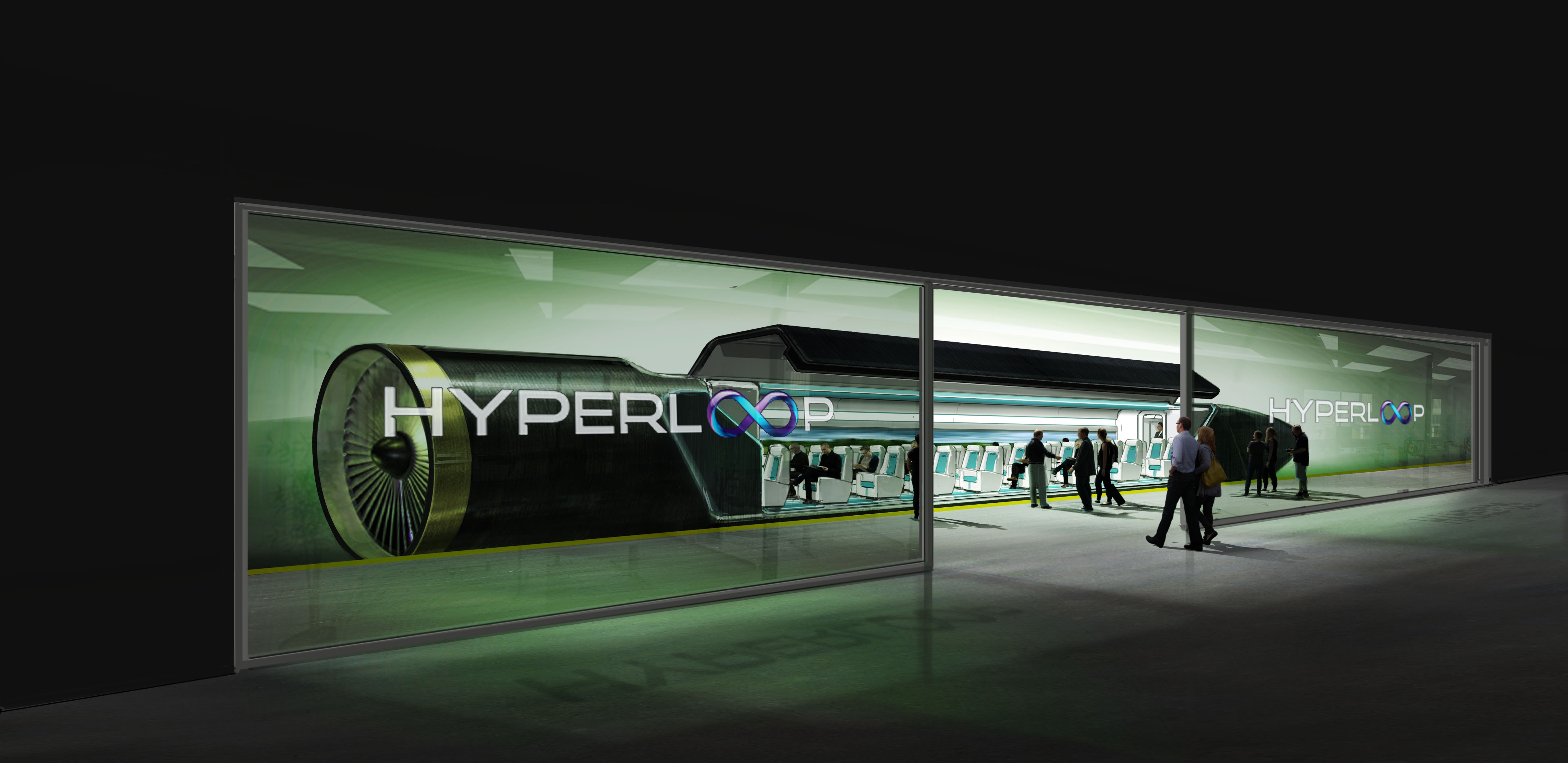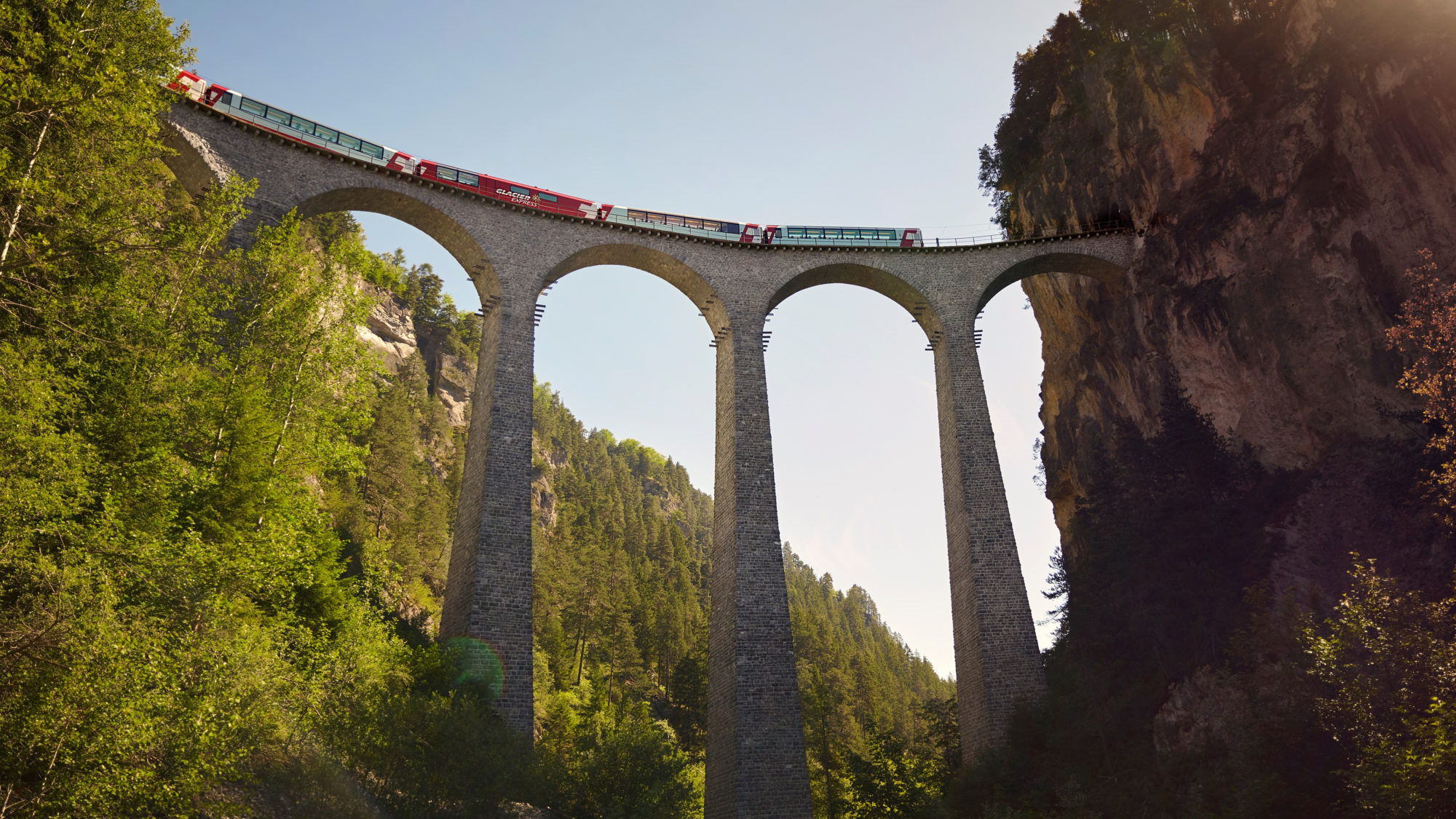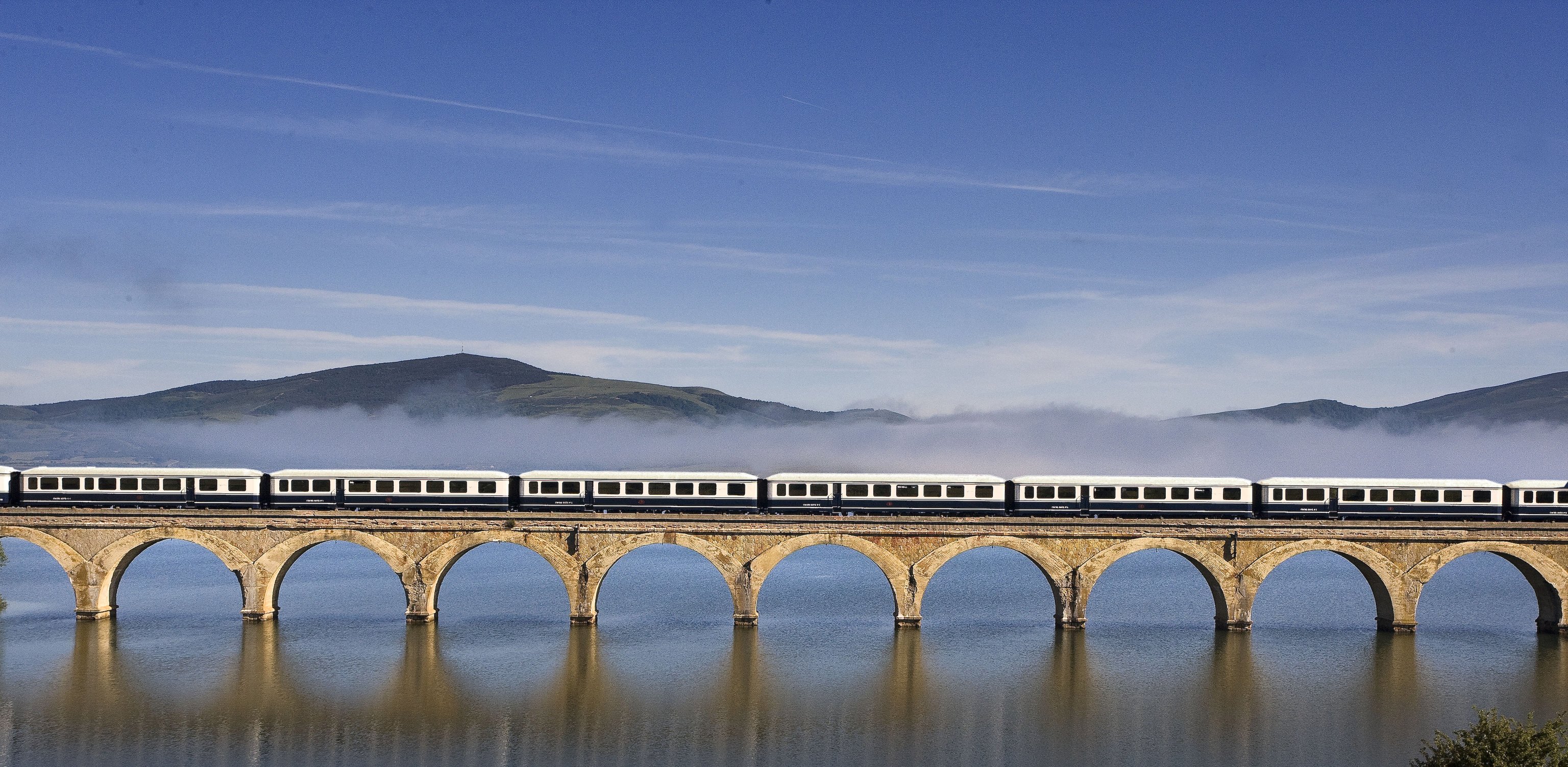Hyperloop Transportation System
Pipe dreams.

Take the fastest train you’ve travelled on. Put it in a vacuum tube. Now, triple the speed of that train. That’s the basic idea behind Hyperloop, a super-speed levitated transportation system that shuttles people or cargo from point A to point B at a projected top speed of around 1,200 km/h.
Then again, comparing Hyperloop to a train is akin to comparing an aircraft carrier to a bamboo raft: sure, they can both get you across the ocean, but the comparison doesn’t really do justice to the technological gulf between the two. On the surface, Hyperloop sort of looks like a train, but instead of riding on rails, it rides on a thin cushion of air, much like a plastic puck on an air hockey table. Its carriages aren’t exposed, but rather enclosed in long, straight vacuum tubes barely bigger than the carriage itself. And they’re not shunted and pulled by massive diesel engines, but rather by a series of magnetic accelerators placed along the tube.
It all sounds very sci-fi. Truth be told, the concept is an old one: England granted the first patent to transport goods in pneumatic tubes back in 1799. Throughout the early 1800s, engineers toyed with various systems and designs for pushing railway carriages with forced air, but technological limitations made the economics of the so-called “atmospheric railway” unjustified. And so the idea lay forgotten, until Silicon Valley celebrity Elon Musk revived it in a white paper back in 2013.
Comparing Hyperloop to a train is akin to comparing an aircraft carrier to a bamboo raft.
As Musk pointed out, moving paying customers down a vacuum tube at near-supersonic speeds has a number of things going for it. First and foremost: it’s fast. Designed to minimize both rolling and air resistance of its pods, Hyperloop can reach top speed quickly and stay there without a lot of effort. In practical terms that means a journey between, say, Los Angeles and San Francisco—currently a six-hour drive or a 70-minute plane ride—could take all of 35 minutes.
Advantage two: it’s clean. While there are a variety of Hyperloop designs, most of them envision a series of solar panels on top of the tube, turning the entire line into a green power plant. Another plus: it’s cheap. Well, relatively. At a projected cost of $6- to $7.5-billion (U.S.) for that same Los Angeles-San Francisco route, Hyperloop’s price tag sounds massive. But it’s only a fraction of the estimated $32-billion (U.S.) development cost of Boeing’s long-haul carbon fibre 787 Dreamliner, and perhaps a tenth of the California high-speed rail design that’s taken almost a decade to get off the drawing board.
Designed to minimize both rolling and air resistance of its pods, Hyperloop can reach top speed quickly and stay there without a lot of effort.
Lest you think the whole thing far-fetched, a small group of Loop-preneurs are already hard at work making their pipe dreams a reality. L.A.-based Hyperloop One successfully tested a working version of its propulsion system in the Nevada desert back in May. A student team from MIT is among those who won a competition to help design and build a three-quarter scale prototype Hyperloop pod; testing takes place next January.
Across the pond, FS Links wants to build one that connects Stockholm to Helsinki. In central Europe, Hyperloop Transportation Technologies has proposed a tube linking Bratislava, Budapest, and Vienna. And the government of Russia has mused about building one to connect Moscow and St. Petersburg.
Ladies and gentlemen, start your magnetic accelerators—it looks like this one is going to be a race.
Photo via Hyperloop One.







